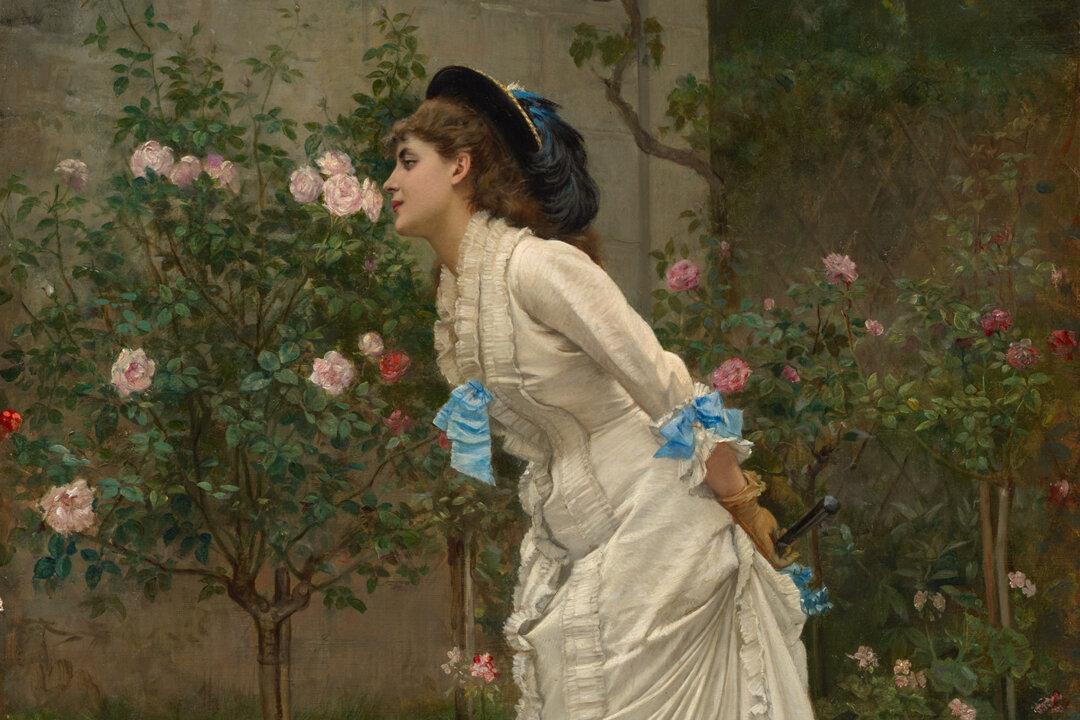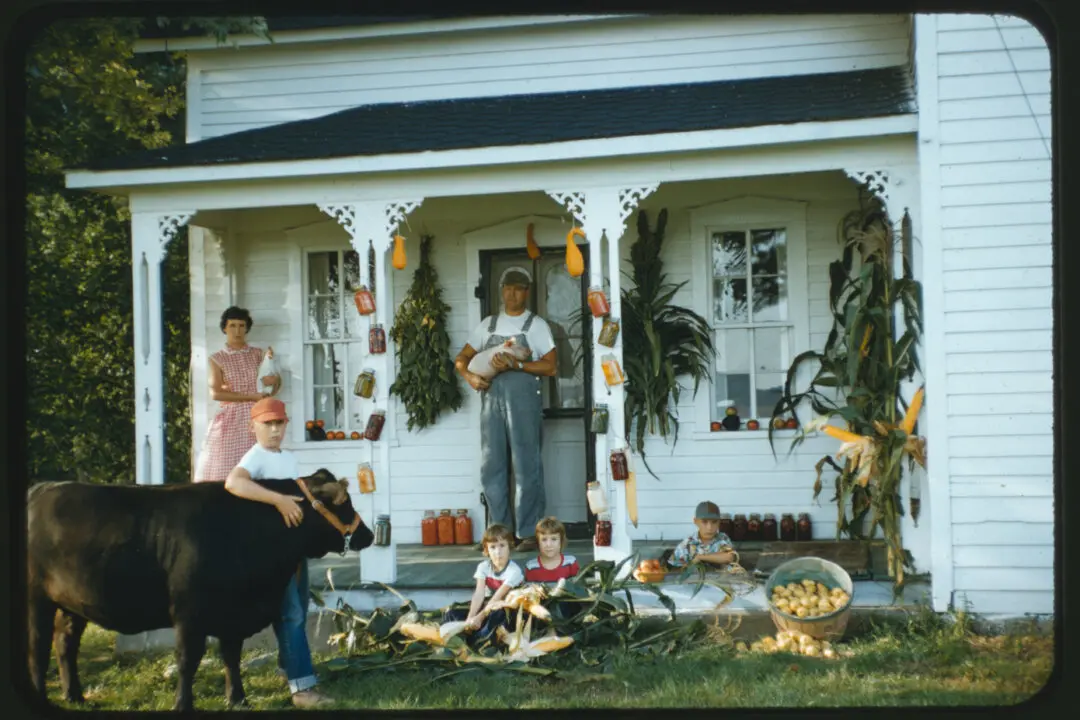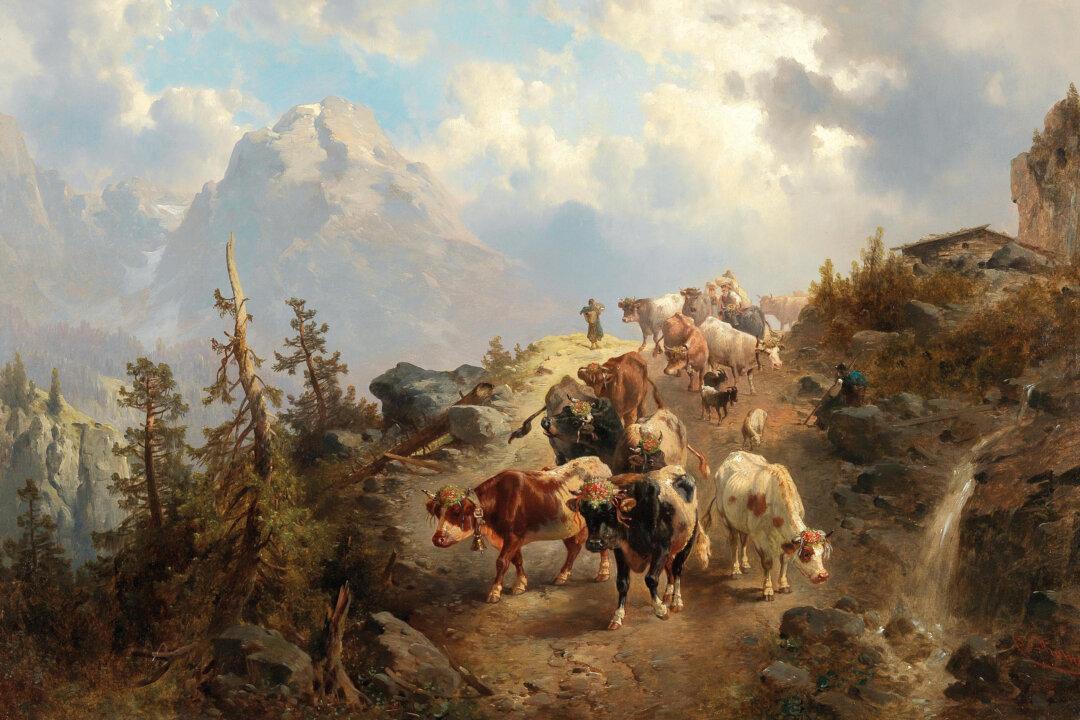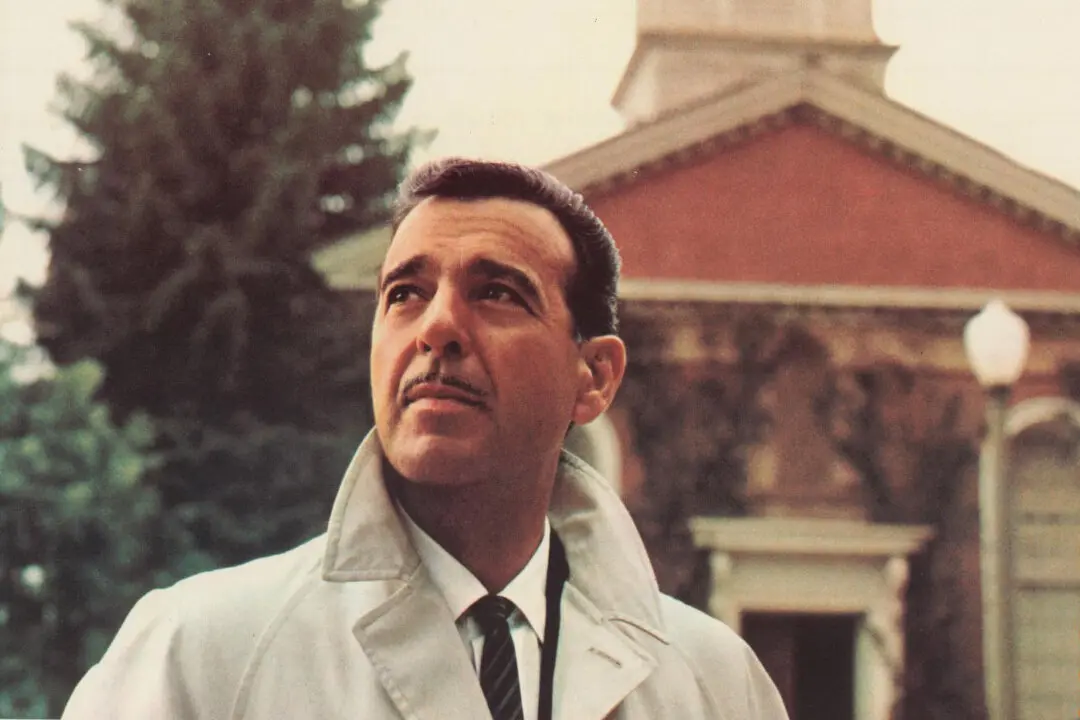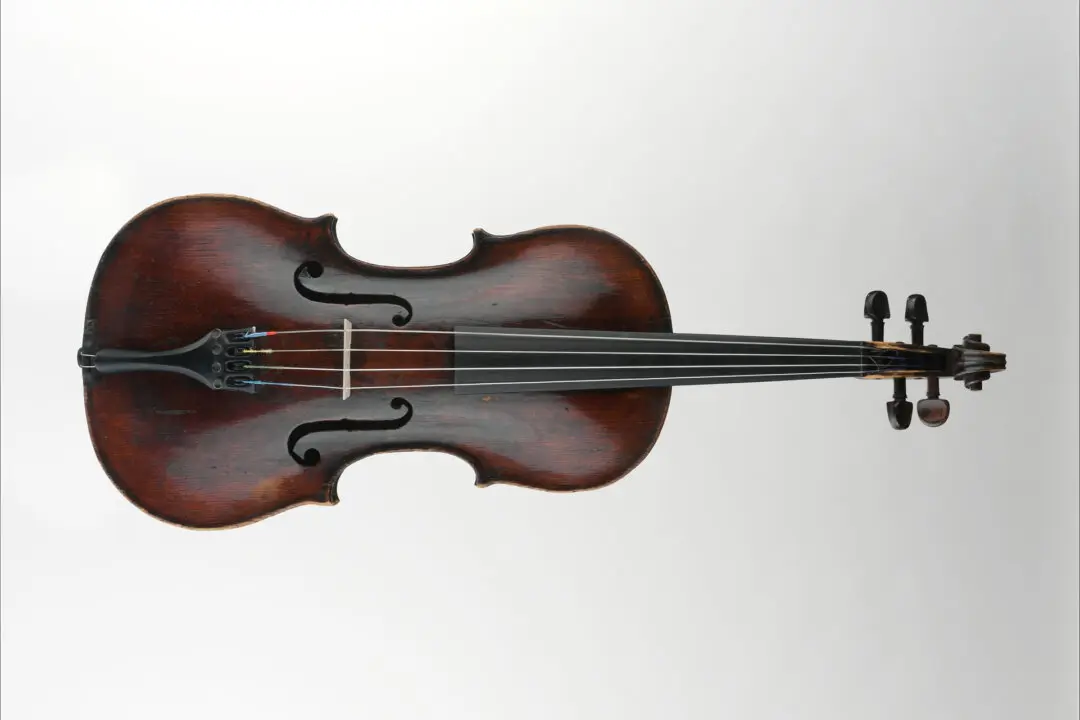Yet ’twas not her beauty alone that won me; Oh no, ’twas the truth in her eyes ever dawning, That made me love Mary the Rose of Tralee.
Every year since 1959, the Irish town of Tralee honors Ireland’s rich history and culture by celebrating the Rose of Tralee International Festival. The multiday celebration features traditional Irish music, parades, and art markets. The main event is the Rose of Tralee selection, a women’s competition that crowns the winner “The Rose of Tralee.” Each winner possesses great character and inner beauty, making her an ideal ambassador for future festival-related events.Since its debut, the festival has become one of the country’s largest and longest-running events. Inspiration came from a unique source, an Irish folk ballad from the 19th century. The love song tells the story of a man so in love with a woman and her virtuous beauty, he nicknames her “the Rose of Tralee.”

